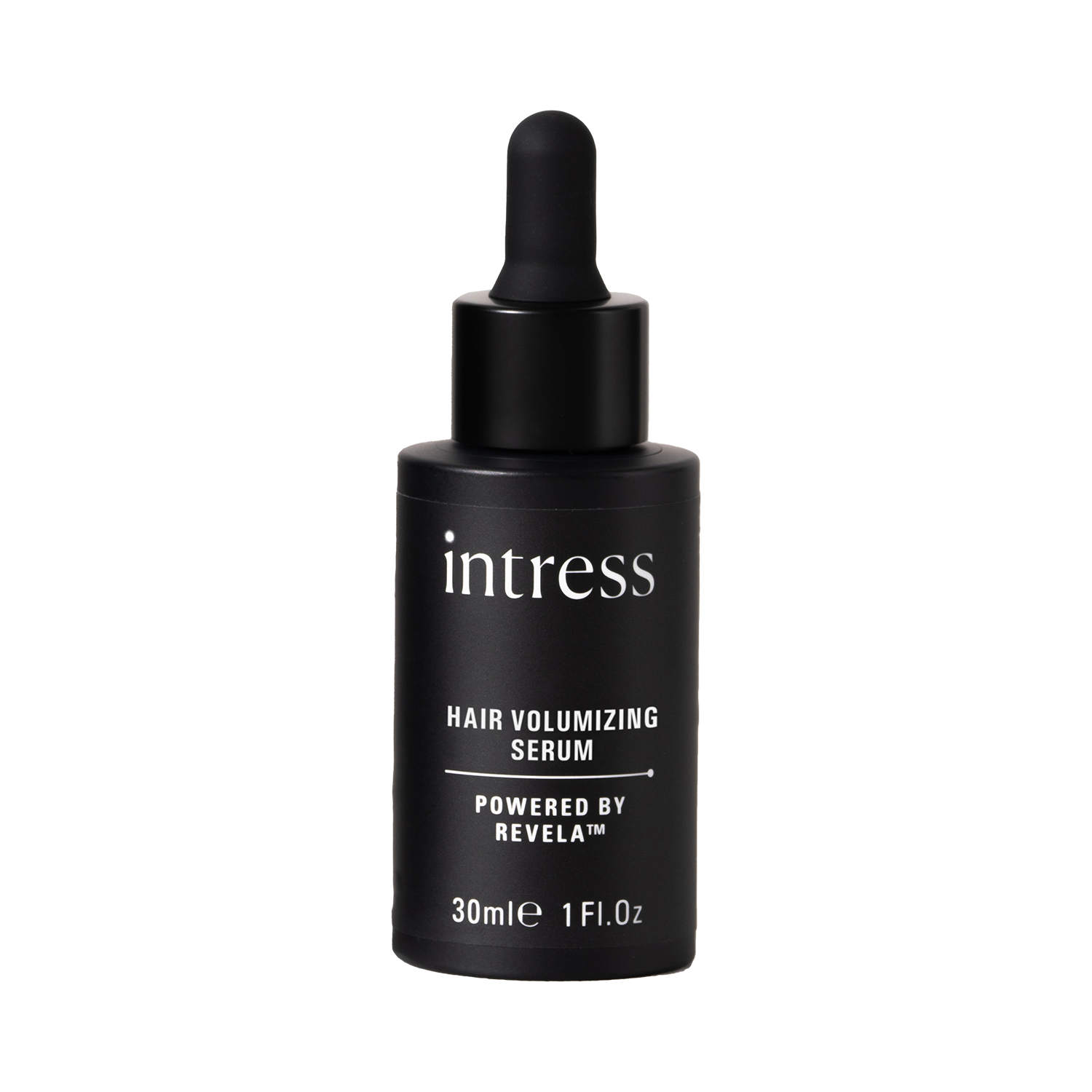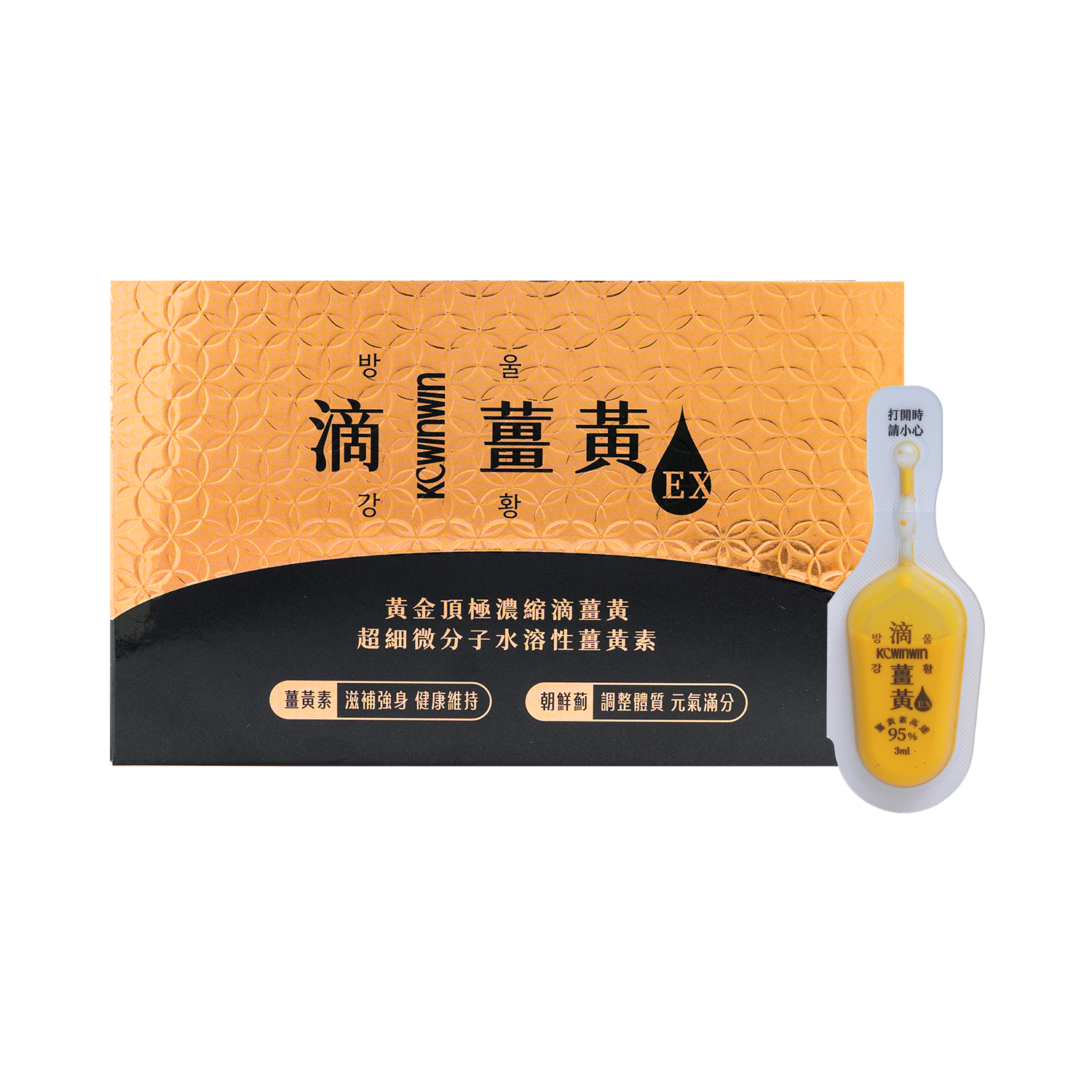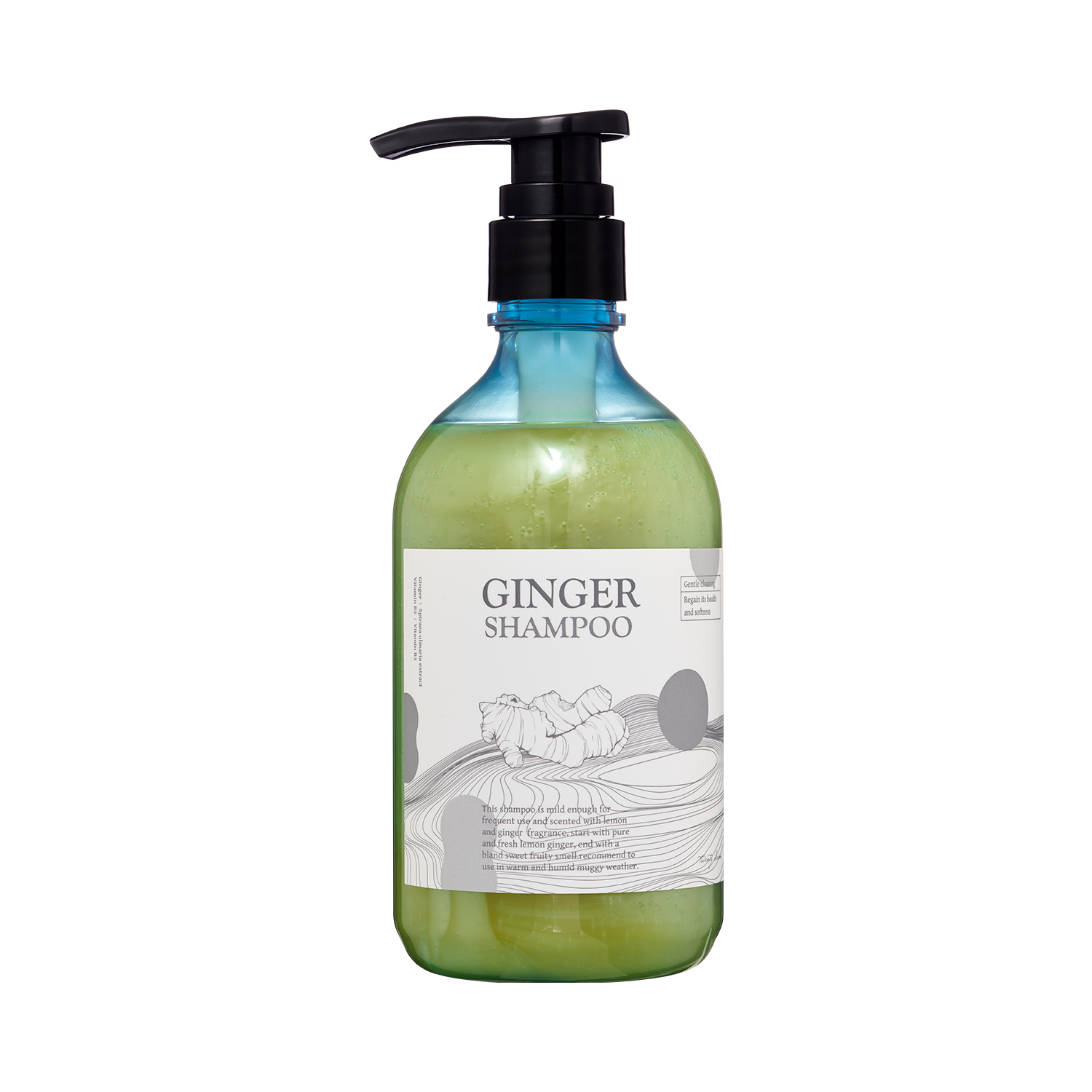美國居∼小費
小氣鬼
羊毛出在羊身上不是嗎
內含稅和小費的價格就已經偏高了
我是一向很討厭小費內含的
像在歐洲
明明服務不怎麼樣
但是小費就已經包括在價位裡頭了
不爽都不行
在美國小費不內含
我還可以依服務人員的態度加減給
以前在travel channel還看過有人建議
如果非常不滿意服務生的服務
就在桌上放一個quarter
這樣對方就知道意思了
如果一毛錢都不給
他們反而會以為你小氣或是忘記
以前還是學生的時候
在DC Chinatown一家中國餐館吃麵
服務品質爛到不行
於是我就沒給小費
沒想到我腳都踏出餐廳了還被服務生追著要小費
隨行的日本同學看到傻眼
羊毛出在羊身上不是嗎
內含稅和小費的價格就已經偏高了
我是一向很討厭小費內含的
像在歐洲
明明服務不怎麼樣
但是小費就已經包括在價位裡頭了
不爽都不行
在美國小費不內含
我還可以依服務人員的態度加減給
以前在travel channel還看過有人建議
如果非常不滿意服務生的服務
就在桌上放一個quarter
這樣對方就知道意思了
如果一毛錢都不給
他們反而會以為你小氣或是忘記
以前還是學生的時候
在DC Chinatown一家中國餐館吃麵
服務品質爛到不行
於是我就沒給小費
沒想到我腳都踏出餐廳了還被服務生追著要小費
隨行的日本同學看到傻眼















![[保養●機能]Venus Skin維納斯 私密緊緻精華,值得每位女性寵愛自己、照顧自己,讓青春魅力重現,找回妳的自信與幸福感!!](https://images.weserv.nl/?url=blogwww.s3.amazonaws.com%2Fuploads%2Fpost%2F12751%2F20241121022002-cover-673e2852dc500.jpeg&w=220&h=124&fit=cover)



![[推薦] 日本製No.1 NiKKO 100%純膠原蛋白PO•OG胜肽粉](https://images.weserv.nl/?url=pic.pimg.tw%2Fcitymore18%2F1732082986-1725757964-g_n.jpg&w=220&h=124&fit=cover)
